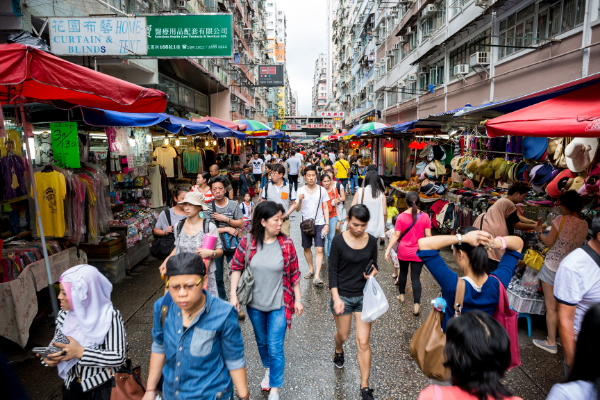Key Takeaways:
- Covid: China lockdowns & Hong Kong raging out of control
- Economic issues: materials costs, supply chain issues, worker availability
- Electricity supply: restrictions lifted
Coming off the chaos that defined 2021 (freight issues, manufacturing demand, Covid), 2022 is poised to be a mixed bag. Challenges around international freight forwarding abound and will continue to do so through at least Q1 & Q2. Covid concerns remain very high in China, threatening further delays with materials supply, port capacity, and worker availability. Now that the Chinese New Year (CNY) holiday has ended, a number of key conditions are influencing the manufacturing landscape. A few to keep an eye on:
Covid in China
Two-thirds of China’s provinces are seeing sustained outbreaks of the Omicron variant. This includes rural areas where health care resources are minimal. Case counts are the highest since the start of the pandemic in 2020.
Over this past weekend in Shenzhen, a city of 17 million just over the border from Hong Kong, the Government has ordered a virtual lockdown. All public transportation has been halted, and all citizens are urged to stay at home. This includes transit across the border. Some areas of Dongguang and Shanghai are impacted as well with similar policies.
For service workers who have the ability to work remotely, this lockdown should not serve as a major disruption. However, the manufacturing sector does not have this same luxury. Depending upon the region, it is expected that manufacturing schedules will be impacted between 7 and 14 days while the Government tests its entire population in affected areas. At GPI, we’re in daily communications with our factory personnel regarding which projects are impacted and for how long (if at all).
Covid in Hong Kong
The Omicron variant is currently raging throughout Hong Kong. In the last 10 days, case counts have averaged in excess of 20,000 per day. There are currently 700,000 new cases since January.
The Hong Kong government has seemingly been caught unprepared to deal with this latest surge and has been accused of sending mixed messages about their response. Hospitals are completely overrun and are turning patients away. Parents fear that children who are sick will be separated from them and sent to quarantine facilities. Concerns about a widespread lockdown have caused panic buying of food and medicines. The city’s testing capabilities are currently at 200,000 – 300,000 per day, for a population of 7,500,000 people.
Because the border with China has been closed, for now, the flow of goods, product samples, courier packages, etc. has been shut down. GPI project managers are working very closely with our factory staff to have product photos and videos sent in lieu of physical samples for approval purposes. Hopefully, this disruption will last just 7-14 days.
Material costs
Thus far, we’re hearing that plastic resin costs are increasing 15 – 20%. Paper, chipboard, and corrugate materials are stable. The Russian invasion of Ukraine and the global surge in oil prices will likely reverberate in China as well, potentially further driving plastic resin pricing upward. Rising raw materials costs across numerous categories are forecasted to be an issue throughout 2022.
Supply Chain Issues
The availability of materials appears to be stable. To a large degree, supply chain issues for products produced in our category tend to boil down to transportation, and availability of truckers due to Covid restrictions. No doubt, the availability of commodities and parts supply is having a more severe impact in other industries.
Factory Worker Availability
We’re hearing that some factories are experiencing worker shortages, while others have returned to pre-CNY levels.
Electricity Supply
Throughout the Guangdong Province, electrical restrictions have been lifted. It would appear that just a few months after the China government instituted coal burning restrictions on electrical generating plants throughout the region (in an effort to meet carbon emission standards), the government has ordered increased output from coal mines to provide greater fuel supplies for electrical utilities. This is certainly an area to keep a close eye on.
We’ll continue to keep you all posted on these and other issues as we keep track of the many factors impacting production during 2022.


Recent Comments